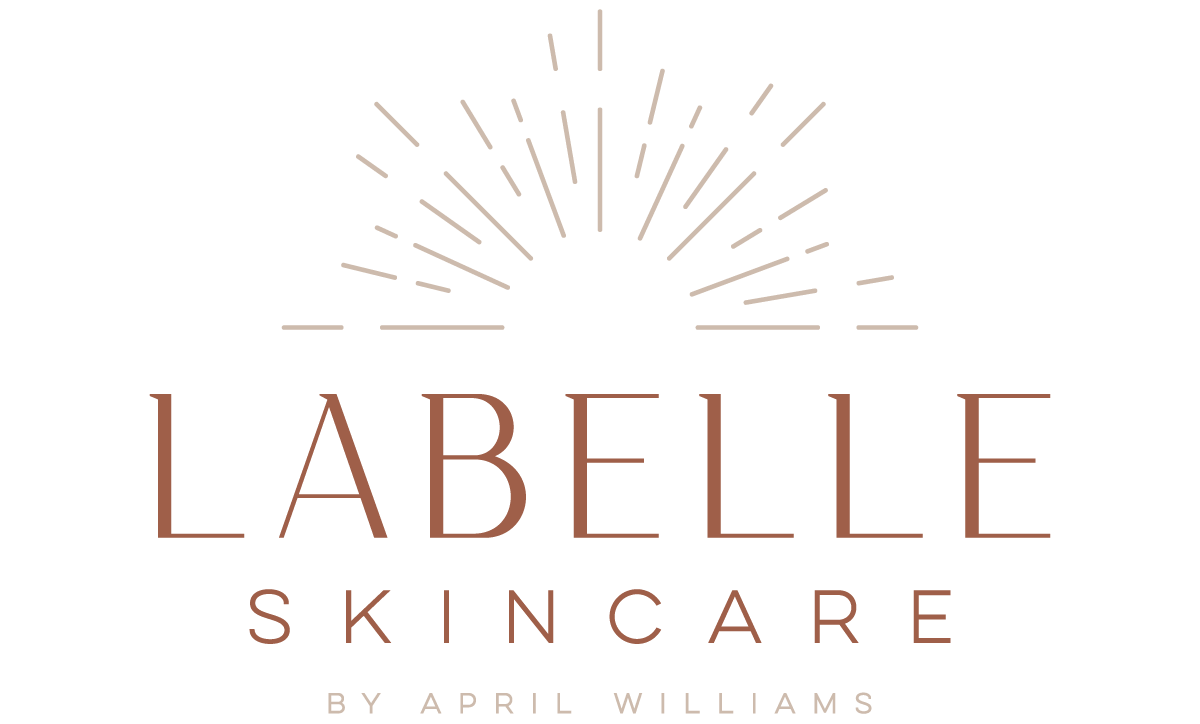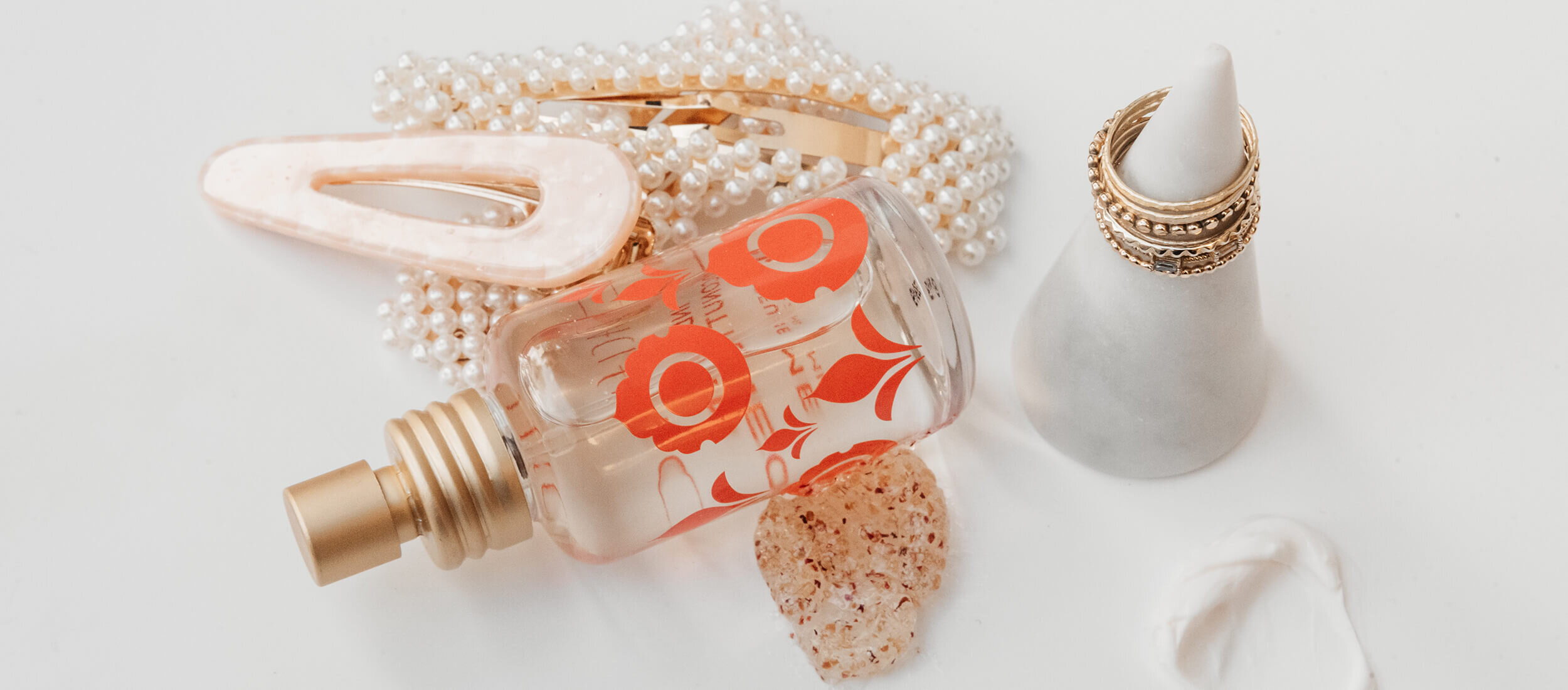Dermaplane
—
Treatments start at $70
Dermaplaning is something that has been around quite some time and is all the rage! Dermaplaning immediately rejuvenates the skin instantly making it feel soft. Giving you a dewy glow by removing the outermost layer of dead skin cells and fine vellus hair (peach fuzz). It is also highly effective in minimizing the appearance of fine lines, wrinkles and acne scars while leaving the skin smooth, supple and vibrant. Dermaplane is wonderful for those allergic, extremely sensitive, or reactive to waxing of the face. It’s also, great for prepping the skin prior to chemical peels, enzyme treatments and to help increase penetration of active ingredients in treatment rooms and home care products.
*For optimal results add-on a chemical peel or skin booster to enhance your treatment.


